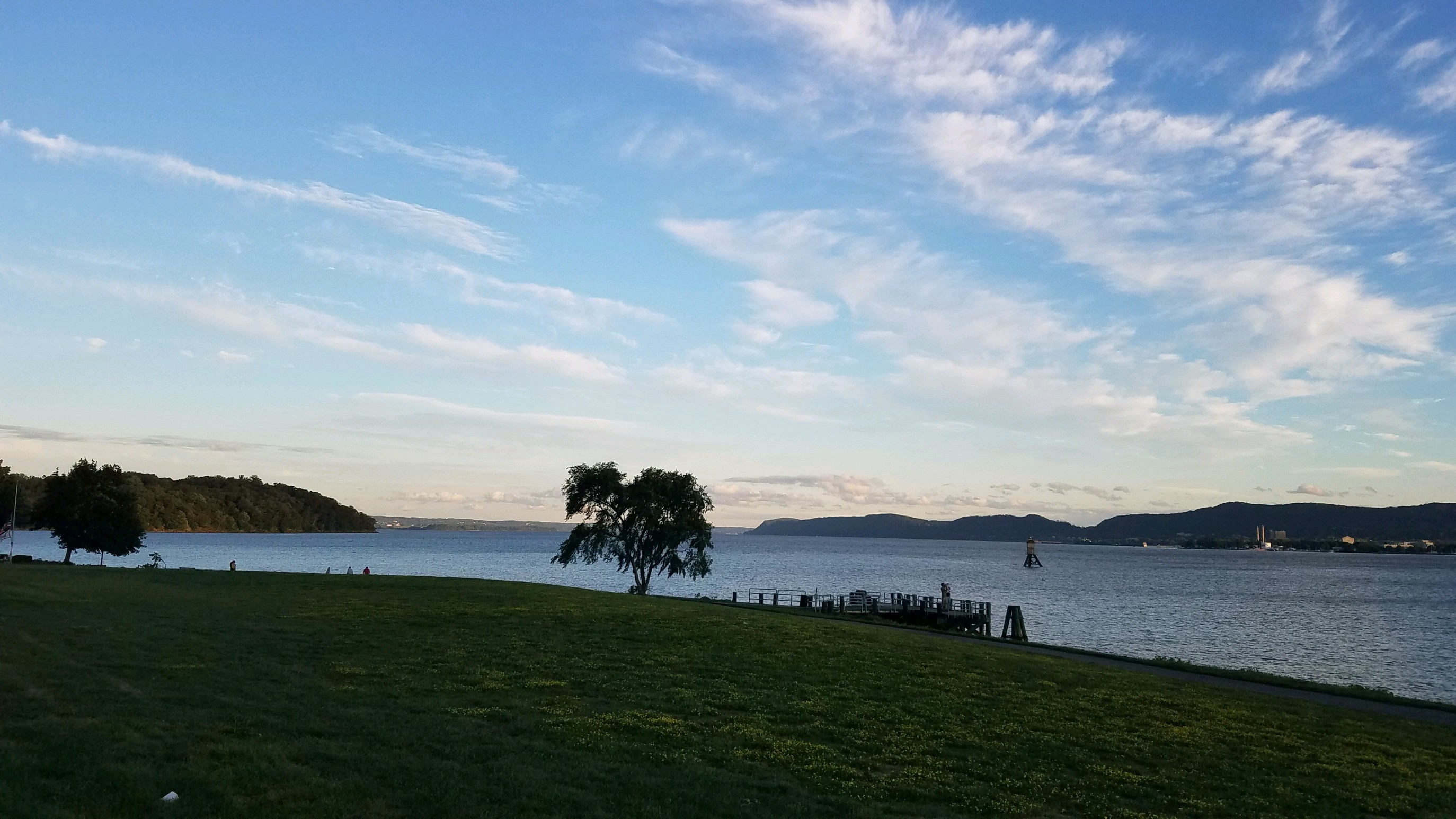Town Profile

The Town of Cortlandt, New York is located in the northwestern corner of Westchester County. The Town is bounded on the west by the Hudson River, the north by Putnam County, the east by the Town of Yorktown and on the south by the Towns of New Castle and Ossining. Cortlandt includes two incorporated villages, Croton-on-Hudson and Buchanan and several hamlets including Montrose, Crugers and Verplanck. The Hudson River, the New York City Watershed Lands, numerous wooded hills and steep slopes, wetland areas and streams define the rural character of the Town

Cortlandt Waterfront Park, located at 77 Riverview Avenue in Verplanck
Hendrick Hudson discovered the Hudson River in 1609, sailing his ship the Half Moon north anchoring at Verplanck’s Point. Cortlandt derived its name from the Van Cortlandt family who began purchasing land in 1677 from the Croton River north to Anthony’s Nose and east to Connecticut. Cortlandt was the site of many skirmishes during the Revolutionary War. Local Roads, such as Watch Hill and Furnace Dock Road, where the furnaces that made ammunition for the war effort were located, bear names reflecting the Revolutionary time.
The Town of Cortlandt is located in Westchester County which occupies a 450 square-mile area bounded on the west by the Hudson River, on the north by Putnam County, on the east by Fairfield County, Connecticut, and the Long Island Sound, and on the south by the Borough of the Bronx, New York City. The county has an estimated 2010 total population of approximately 949,113 persons and encompasses six cities, 14 towns, and 23 villages. The majority of the principal roadways and all the railroad lines in Westchester run north to south, following the orientation of the river valleys. Residential development has historically followed this pattern, spreading north as densities increased in the South and Central County areas. Over all journey-to-work patterns are also primarily north to south because of the concentration of employment centers in New York City and southern and central Westchester. Within the Town of Cortlandt, however, travel patterns are often east west to access major traffic arterials.
The City of Peekskill, estimated 2010 population 23,570, fronts along the Hudson River and is surrounded by the Town of Cortlandt on the other three sides. With the exception of the older industrial City of Peekskill and the industrial section of the Village of Buchanan and some areas along the River, development in the North County area is predominantly residential. Community character ranges from suburban to semi-rural. Rugged terrain, large public water reservoirs, and heavily wooded areas characterize the area.
The largest employer in the Town is the Cortlandt Town Center - a large retail center located on Cortlandt Boulevard, also known as NYS Route 6. Other major employers in the Town are mostly institutions, such as the New York Presbyterian Hudson Valley Hospital Center, Town & Village Governments, the School Districts, and the FDR Veterans Administration Hospital.

